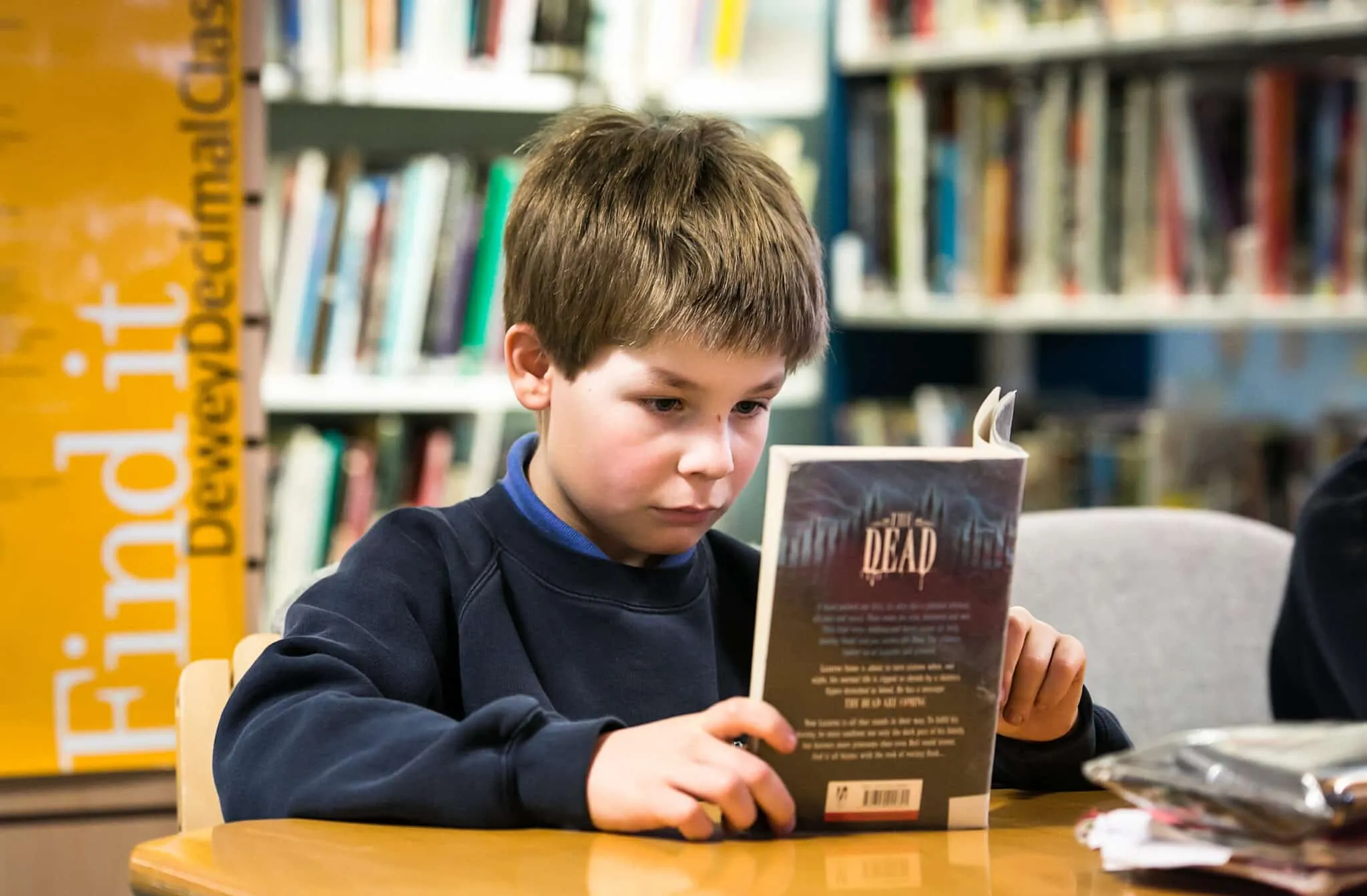The books featured here include a large number of new books just published, but they may also include books which appeared some time ago but never made it into our lists until now.
Year 1
There are some differences between boys and girls, in order, but in actual books as well. For boys, Kinney’s new book Diper Överlöde was top, and this is of higher readability than previous Kinney offerings, which is very welcome, quite apart from its featuring in Year 1. For girls Jow Wicks was top, but both boys and girls had Billy’s Bravery by Tom Percival second. Cath Jones and Bryan Patrick Avery were particularly popular with girls. Walliams’s new book Spaceboy appeared for boys but not for girls but showed no increase in readability. Average ATOS was 3.5 for boys (a big increase from last year), with girls at 2.7. Thus, the difficulty of these books for boys was three and a half years above the chronological age of the pupils (nearer two and a half years for girls). However, the average APC was 0.83 for both boys and girls, much less than last year, perhaps unsurprising in view of the much-increased difficulty, especially for boys.
Year 2
Walliams’ Spaceboy was top for boys but seventh for girls. After that, boys had Kinney, Griffiths and Pilkey, while girls had Rowland, Muncaster and Morpurgo. Only Tom Percival appeared for both boys and girls. Pilkey had another book lower on the list, and one book also appeared on the girls’ list. Bryan Patrick Avery appeared for both boys and girls. Marcus Rashford’s new book The Beast Beyond the Fence also appeared for both boys and girls (see Table 19). The average ATOS was boys 3.4 and girls 2.9 (both lower than last year). The average APC was 0.90 (the same as last year for boys, lower for girls). The difficulty of these books was about two and a half years above the children’s chronological age for boys and about two years above for girls.
Year 3
This year, boys and girls agreed about the top two books – Kinney and Walliams. Tom Fletcher’s Space Band and Walliams’ other new book (Robodog) also appeared for both. Dav Pilkey’s Dog Man: Twenty Thousand Fleas Under the Sea was common to both, as was Liz Pichon, Tom Percival, Andy Griffiths and Marcus Rashford. Average ATOS was boys 4.1, girls 3.8, boys being nearly as high as last year. Boys were reading at about two years above their chronological age, girls a bit less. However, APC was slightly higher than last year for both boys and girls.
Year 4
Both boys and girls had Kinney first and Walliams’ Spaceboy second. After that, Tom Fletcher’s Space Band, Liz Pichon’s Happy to Help (eventually), and David Walliams’ Robodog were also highly placed for both boys and girls. Dav Pilkey, Marcus Rashford, Charlie Mackesy, and Andy Griffiths are also featured in both (see Table 21). Average ATOS was 4.3 for both boys and girls, down a little on last year. APC was sustained at 0.90. These pupils were reading more than a year above their chronological age.
Year 5
Kinney was top, followed by Spaceboy for both boys and girls. Tom Fletcher, Walliams’ Robodog, Liz Pichon, Dav Pikey, Marcus Rashford, Andy Griffiths, Charlie Mackesy, A.F. Steadman and Swapna Haddow all featured for both boys and girls (see Table 22). Average ATOS was boys 4.5 and girls 4.3, somewhat down from last year. So, these children were reading books at a level of difficulty about six months above their chronological age. APC was 0.90, just as last year.
Year 6
Just as for Year 5, Kinney had the top book and Walliams the second book. Rashford, Pichon, and Fletcher did well for both boys and girls. Mackesy, Griffiths, and Maria Isabel Sánchez Vegara appeared lower down the list for both boys and girls (see Table 23). The average ATOS was boys 4.5 and girls 4.7, down from last year, indicating these children were reading somewhat below their chronological age. APC had, however, increased to 0.92 for both boys and girls.
Year 7
Kinney was again top and Walliams’ Spaceboy second. Pichon, Fletcher and Rashford also appeared for both boys and girls, with Rashford’s second new book, You Can Do It: How to Find Your Voice and Make a Difference, also appearing (see Table 24). Average ATOS was boys 4.6, girls 4.8, a steeper decline for boys than girls from 4.9 last year. Children were reading about a year and a half below their chronological age. However, APC was boys 0.89 and girls 0.91, much the same as the previous year.
Year 8
Yet again, Kinney had the top book, while Walliams was close behind. Marcus Rashford, Charlie Mackesy, and Liz Pichon were featured for both boys and girls, but otherwise, the lists were more diverse (see Table 25). The average ATOS was 4.9 for both boys and girls, much as last year. Thus, they were reading more than two years behind their chronological age. APC was boys 0.87, girls 0.92, with boys having declined from last year.
Years 9-11
Kinney was top for boys and second for girls (to Karen M. McManus’s Nothing More to Tell). Rashford featured for boys and Colleen Hoover for girls. Alice Oseman had disappeared. Average ATOS was boys 5.1, girls 4.9; significantly higher than last year (4.6) but still barely higher than for students aged a year younger, indicating these children were reading at a level of difficulty well over three years below their chronological age. APC was Boys 0.86, Girls 0.93; higher for girls than last year but lower for boys.
